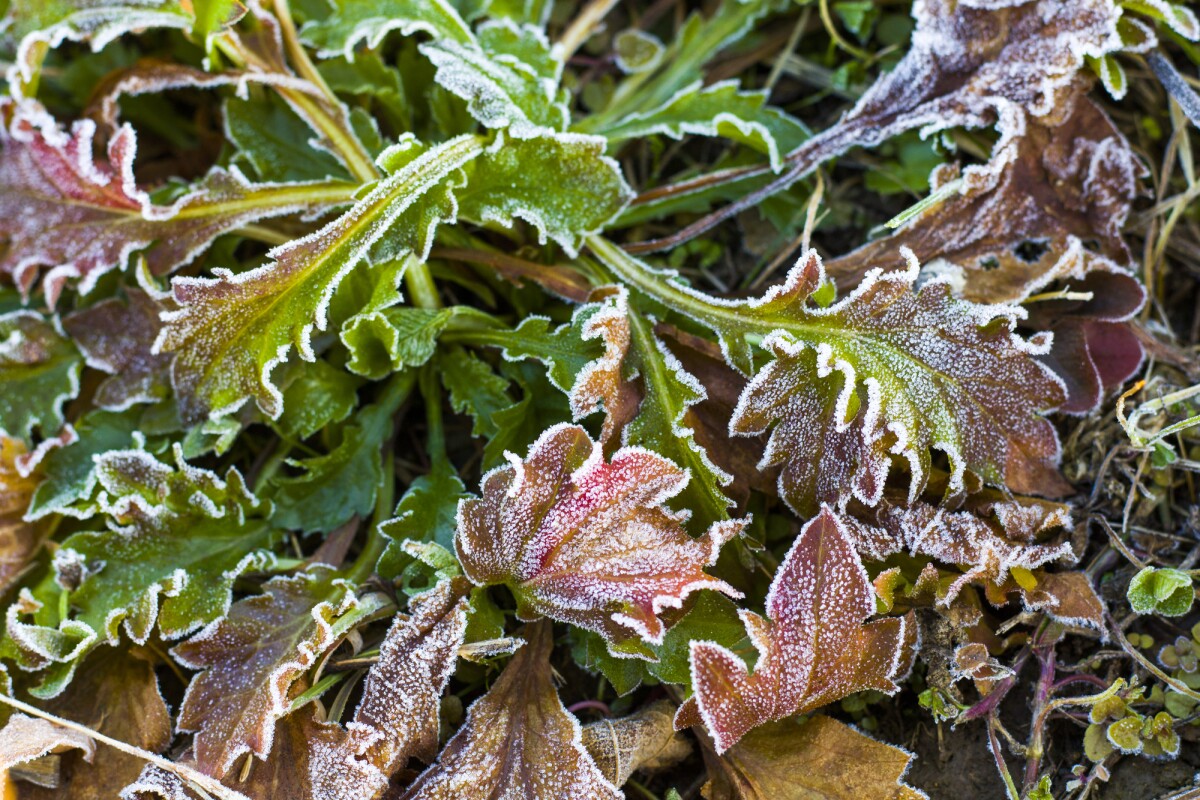
Not so sure, just how this all might work. after all you also must obviate over heating at high noon.
Yet it is another tool in the tool box and do understand that these things often surprise us. Recall soil cover sheets. wonderful way to stop weed infestation and the drudgery of hoeing.
Temperature variation is certainly another problem and this may be valuable in a greenhouse during the winter.
Selective warming film protects crops and infrastructure from cold nights
November 19, 2023
Scientists have developed a thin film that can help protect crops and infrastructure from damage by overnight cold temperatures
https://newatlas.com/materials/selective-warming-film-crops-infrastructure-cold-nights/?
It’s a basic fact that temperatures drop at night, and that can damage crops, equipment and infrastructure. A team of scientists has created a new film that selectively absorbs and reflects different wavelengths of infrared light to efficiently keep objects warm.
Earth’s atmosphere is transparent to certain infrared wavelengths (i.e. heat energy), meaning they can pass right through and vent into the extreme cold of space. This phenomenon is being exploited by scientists developing radiative cooling systems for buildings, but it’s also why the surface experiences such a drastic drop in temperature overnight.
These temperature swings, as well as follow-on effects like frost and dew, can damage crops, power lines, and other equipment and infrastructure left exposed to the elements. Active warming usually involves heaters, which consume energy and can have a large environmental footprint.
But in a new study, scientists at the Chinese Academy of Sciences have created a radiative warming system that works passively. The team created a nanophotonic film that selectively reflects and absorbs different wavelengths of light to maximize the warmth of whatever it’s placed over. The key is to reflect wavelengths in the 8-to-14-micrometer range, which the atmosphere is transparent to, while absorbing those in the 5 to 8 and 14 to 16 ranges (radiative bands).
The film was made of five ultra-thin, alternating layers of germanium and zinc sulfide. Together, these materials reach a reflectivity of 0.91 in the transparent window and an absorptivity of 0.7 in the radiative bands. In outdoor tests, the film successfully kept a covered surface 2.1 °C (3.8 °F) warmer than a surface that reflected all wavelengths, and 4.4 °C (7.9 °F) warmer than a surface that absorbed all wavelengths.
It may sound like a problem that blankets or other basic coverings could solve, but the team says the technique is far more efficient at protecting vulnerable surfaces and objects. Plus, if it were to be installed on buildings it could keep them at a comfortable temperature overnight while shaving a decent chunk off energy bills.
No comments:
Post a Comment